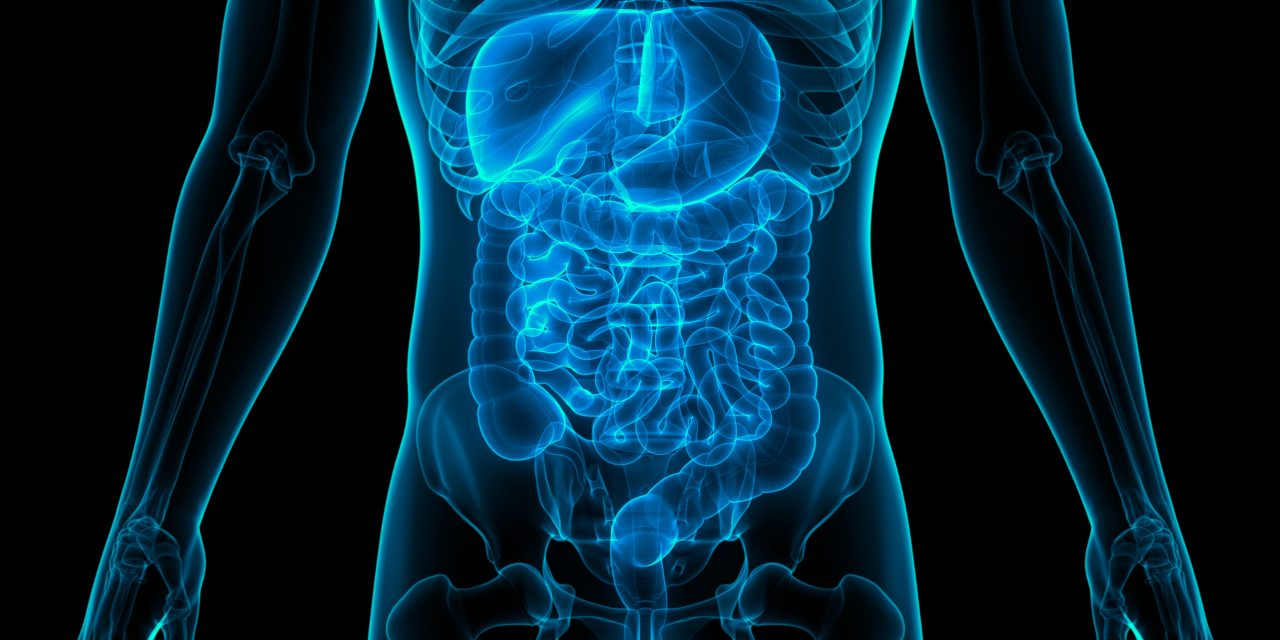Magnetic sphincter augmentation (MSA) offers a minimally invasive anti-reflux alternative to fundoplication for gastroesophageal reflux disease. The most common side effect of MSA is dysphagia, which may require dilation or even device removal. The incidence of dysphagia may be reduced by MSA sizing and preoperative motility studies. Multiple rapid swallows (MRS) is a provocative maneuver during high-resolution esophageal manometry (HRM) that assesses peristaltic reserve. We evaluated factors predicting development of dysphagia following MSA.
A retrospective review of a prospectively maintained database identified patients undergoing MSA. Preoperative work-up included barium swallow, esophagogastroduodenoscopy, and esophageal manometry. Peristaltic augmentation was defined as a ratio > 1 of the distal contractile integral (DCI) following MRS and the mean DCI of the 10 baseline wet swallows during manometry. Demographics, MSA implant size, and postoperative symptom data were gathered on all patients.
Sixty-eight patients underwent MSA. Mean age was 51.7 years, average BMI was 25.8 kg/m. 15 (22.1%) of patients had severe dysphagia requiring endoscopic dilation. Peristaltic augmentation with MRS was significantly higher in patients without dysphagia (46.1% vs 6.3% p = 0.026). 33.3% of patients requiring dilatation exhibited complete absence of smooth muscle contraction following MRS (DCI = 0). The ratio of the DCI of MRS/wet swallows predicting dysphagia following MSA was 0.56. Patients with a small (12-14 beads) versus a larger MSA implant (15-17 beads) had a significantly higher rate of postoperative dysphagia (58.5% vs 30.0% p = 0.026).
Adequate peristaltic reserve and larger device size correlate with decreased incidence of dysphagia following MSA implantation without compromising the anti-reflux barrier. Routine assessment of peristaltic reserve during preoperative HRM should be considered prior to MSA placement.
More beads, more peristaltic reserve, better outcomes: factors predicting postoperative dysphagia after magnetic sphincter augmentation.


